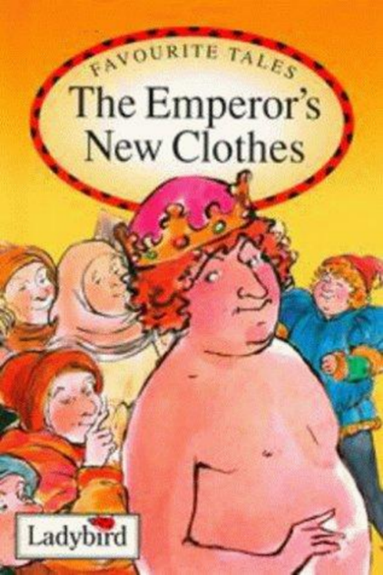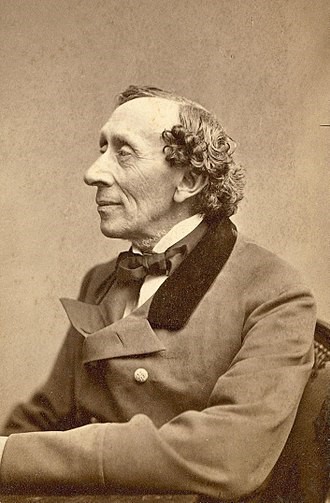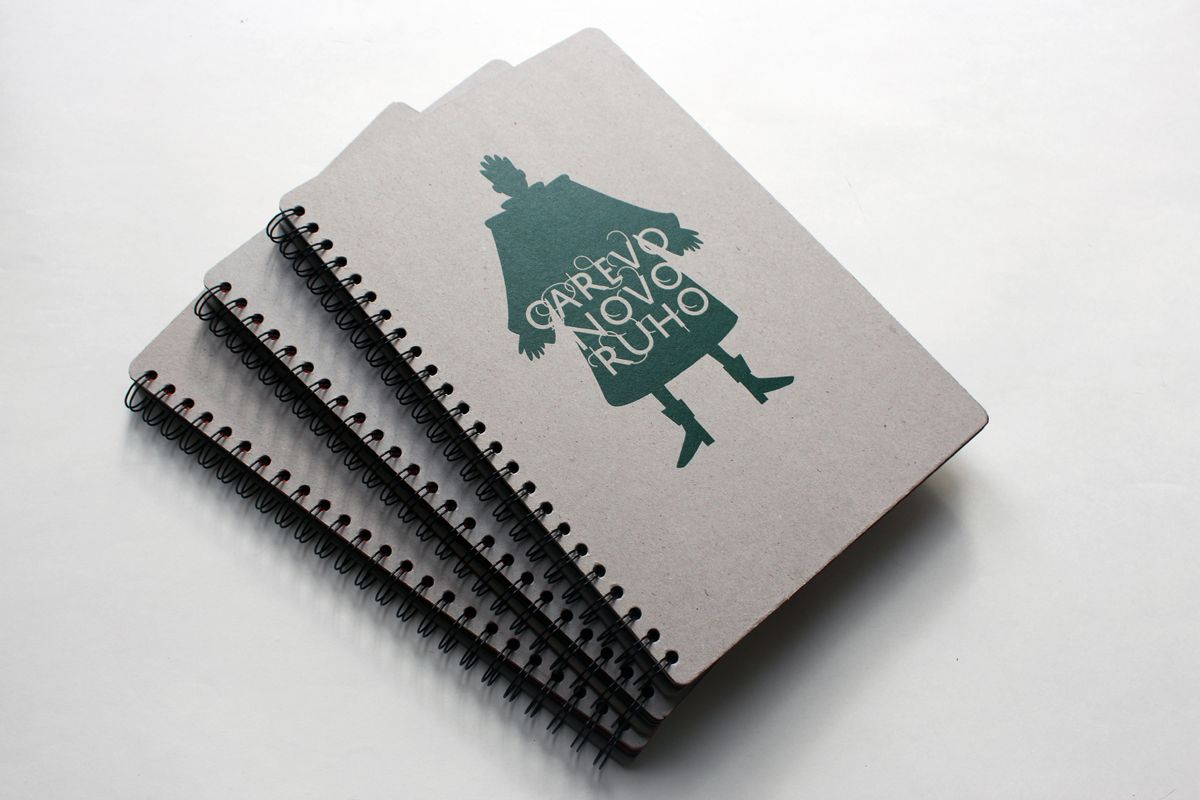
Dissemination
The Emperor's New Clothes - Methodology
Written by Super UserTitle of Activity
Mirror and me
Description of educational activity
Duration: 90 minuts
Students' age: 16
Class organization: working in groups and pairs in the classroom, groups of 4 x 5, individuals
Goals: researching and analysing a piece of literature in a creative way, connecting the piece with the context of history, art history, social critique, modern forms of expressions (film, theatre, designed picture book). Finding the common traits of traditional and modern fairy tales and anti-fairy tales. Actualisation of structural characteristics of a modern fairy-tale as well as its universal and timeless message.
Through a series of arguments, showcasing ones point of view towards the social and personal dissemblance (greed, narcissism, selfishness, lack of empathy), media influence and modern technology.
The goal is to improve the pupils reading comprehension and the ability to understand the text, to improve the ability to reflect, critically analyse and develop empathy and key transversal abilities.
Educational activities:
- The class is given the names of four groups on A4 format papers. Students choose the activity according to their own affinities or randomly get chosen. The title aren't telling enough to show the goal of the assignment. Those who don't choose a group get assigned by a teacher.
- The pupils are divided into four groups of 5 students. 1. I AM STUPID? 2. I AM NARCISSISTIC? 3. I'M A NARRATOR? 4. I'M AN ACTOR?
- Each group receives materials with additional assignments.
- After announcing the author and the title, the teacher reads the first substantial fragment of the title after which students are encouraged to read the rest individually. The assignments follow.
- GROUP ONE: I AM STUPID? Assignments (written, presentation preparation, excerpts) A. Find the typical formula from a classic fairy tale from the beginning of the story and describe the atypical ending. Why can't we call this a happy ending? What makes this story something different than a fairy tale? What is it lacking? B. Write a short description of the emperors character (write a moral/psychological profile) and describe the emperor's faults as a leader. Find the elements of humour and irony. C. Describe the emperors officials and describe the people of the nation. What kind of country do they live in? What are the reasons they have to be afraid? D. Explain the meaning of smart deceit: how does one position themselves so they don't appear stupid or incompetent for your service or social function? Does the „virtual“ suit have the power of the real one and if so, why? E. Each individual should try to honestly explain what they would do in the same situation. Would they tell the truth? Do a statistical analysis (for example, 4:1) Why do justice and truth more often win in fairy tales than in real life? Why and because of who nothing changed in the end? Why can we call this story an anti fairy-tale?
- GROUP TWO: I AM NARCISSISTIC? The students are given two illustrations and a text about the myth of Narcis. They are instructed to prepare a short presentation. They can use the Web for information. A. Verbally describe and explain both stories about Narciso. Explain the meaning of the world narcissistic and what are the psychological characteristics of a narcissist? Compare that to the character of the emperor from the fairy tale. B. Staring at one's reflection in the water and it's comparison to todays' phenomenon of the selfie. Is it a certain kind of addiction and does it change the way one looks at themselves? Why is it important to one to appear beautiful, attractive and perfect? Is it fashion, a trend or a requisite? How many selfies do you take a day, how many do you think you have on your phone? Why can that also be fun and entertaining? Connect the word selfie with the word selfishness, narcissism. C. In which way do modern technologies dictate behaviour, trends and fashion? Instagram and Facebook etc.? D. What about the children today? Do you believe young kids should own smart phones? Do you already feel a difference between yourself and the youngest generation, where do you see the biggest change happening? E. Are politicians, people of power and celebrities today especially narcissistic, ostentatious, opulent and excessive? Critique this behaviour from the point of a socially sensitive individual. Explain and support that with examples.
- GROUP THREE: AM I A NARRATOR? The students are supplies with illustrations from a children’s picture book without words. For each illustration, they are instructed to prepare a verbal telling of the fairy tale to an imaginary 6-7 year old child in a simple and age appropriate manner. Five storytellers continue.
- GROUP FOUR: AM I AN ACTOR? Based on the supplied text, five students write a short dramatization of the stories and choose roles to play (working in pairs is allowed). Their assignment is to cut out paper symbols for their characters and to do a short performance which will showcase the key places and characters of the story. Focus on the humorous and satirical nature of the characters.
Materials: Papers with names of the four groups, photographers of the characters from the mythologies (Narciso), illustrations from the wordless picture books, excerpts from the story in the picture book, sheets of paper and pencils for the short dramatization of the story and larger pieces of soft cardboard for symbolic costumes, scissors, smart phones, papers with the text of the myth, papers with the text of the fairy-tale.
Objective: The aim is to improve students' reading literacy and text comprehension skill, ability to reflect, critical thinking and empathy, key competencies, and transversal skills. Designing your own piece of work of creating graffiti and video shooting and self-study. The aim is to cultivate the reading culture by creating a reading motivating environment, developing the ability to interpret, analyze and evaluate.
Motivation: Out-of-class teaching, simulation of graphite with novel statements and their setting up by school space and documentation of videotapes
Evaluation and Assessment Method: Students independently demonstrate and fully substantiate their attitudes and results in the course of their work.
The impact of RSP reading activities: Practices that support and encourage student choice, thinking and attitude. The idea and the choice are personal and there is no mistake, and the positive understanding of thinking and thinking affects the students' confidence and lose previous reading resistance and gradually gain readership competence.
Connection to curriculum
Grade: 1st year of high school
General grammar school program: The aim of the curriculum of the study of Literature, Visual Arts and Music and the field of History, Civil Behavior and Ethics is related to reading and understanding of more contemporary, engaged literary and related works, literature and works of contemporary film, music and visual arts.
Students should independently discern, differentiate, explain, demonstrate and reflect on the features of the text offered, and arguably outline their views on the influence of culture, art and society on the development of young people's personality.
Knowledge:
- Autonomously access text from different perspectives
- Learn to initiate a discussion and ask questions
- Develop ease and readiness of interpretation and storytelling
- Enhance the understanding of reading comprehension
- Organize and suspend different types of information
Skills:
- Observe, counteract, distinguish, and comment on the similarities and differences that appear in the text.
- Develop the prediction skill and the ability to imagine possible situational solutions.
- Develop and enrich communication skills.
- Construct, conclude and evaluate.
- Learn to work effectively, independently and equally in the group.
Competences:
- Establish links between the world in the text and real life or personal experiences.
- Be able to visualize, combine, intervene in the material.
- Follow the instructions and tasks and be able to evaluate the results.
- Evaluate evidence and arguments, support and justify choices.
Bibliographic reference to be used during the activity
https://www.abebooks.com/Emperors-New-Clothes-Ladybird-Favourite-Tales/18293017067/bd
The Emperor's New Clothes : (Ladybird Favourite Tales) :
Hans Christian Andersen
12 ratings by Goodreads
ISBN 10: 0721415563 / ISBN 13: 9780721415567




https://vizkultura.hr/slikovnica-carevo-novo-ruho/
Klasja Habjan: ‘A picture book The Emperor's New Clothes’ (a picture book without words)




Digital sources
- https://danishnet.com/culture/emperors-new-clothes-keiserens-nye-klaeligder/
- http://www.andersen.sdu.dk/vaerk/hersholt/TheEmperorsNewClothes_e.html
- https://en.wikipedia.org/wiki/The_Emperor%27s_New_Clothes
- https://hr.wikipedia.org/wiki/Hans_Christian_Andersen
- https://en.wikipedia.org/wiki/Hans_Christian_Andersen
- https://www.google.hr/search?q=hans+christian+andersen+filmovi&sa=X&ved=0ahUKEwj4isvD_ebaAhVFiKYKHSnuCR8Q1QIImQIoBA&biw=1536&bih=771
- https://en.wikipedia.org/wiki/Hans_Christian_Andersen_Literature_Award
- https://mojtv.hr/film/16317/carevo-novo-ruho.aspx
- https://vizkultura.hr/slikovnica-carevo-novo-ruho /
- https://hr.wikipedia.org/wiki/Narcis
- https://en.wikipedia.org/wiki/Narcissus_(Caravaggio)
- https://www.google.hr/search?q=modern+narcissus&tbm=isch&tbo=u&source=univ&sa=X&ved=0ahUKEwjSqIX54uraAhXJ1qQKHTfUD0MQsAQIJQ&biw=1536&bih=771#imgrc=LBakm5gwL-k-VM:
- https://en.wikipedia.org/wiki/Narcissus_(mythology)
Results
Expected outcomes: students acquire the lifelong ability to read, interpret and evaluate the literary text; the ability to develop an understanding of literal and implicit meaning, relevant contexts, and deeper issues and attitudes expressed in literary works; a competent personal response to the subject of the literary work they have studied; solving different tasks from different perspectives; the research of broader and universal questions suggested through the literary work; a conscious grasp of contemporary artistic and social themes; developed empathy and a better understanding of themselves and the world around them.
Recommendations
Choosing a method of teaching and a suitable text affects the student's interest in reading, studying, and interpreting.
Independence in work, effective co-operation, involvement in discussion and appraisal encourage interests and develop analytical and synthetic skills.
The volume of the assignment can be tailored to the opportunities and interests of the group as needed, according to the RSP readership profile.
The more active approach and the smaller text fragments offer a more interesting, dynamic way of reading and studying a literary work.
Contact
X gimnazija ''Ivan Supek''
Ul. Vjekoslava Klaića 7
10000
Zagreb
E-mail: partners@handbook4rspreaders.org











